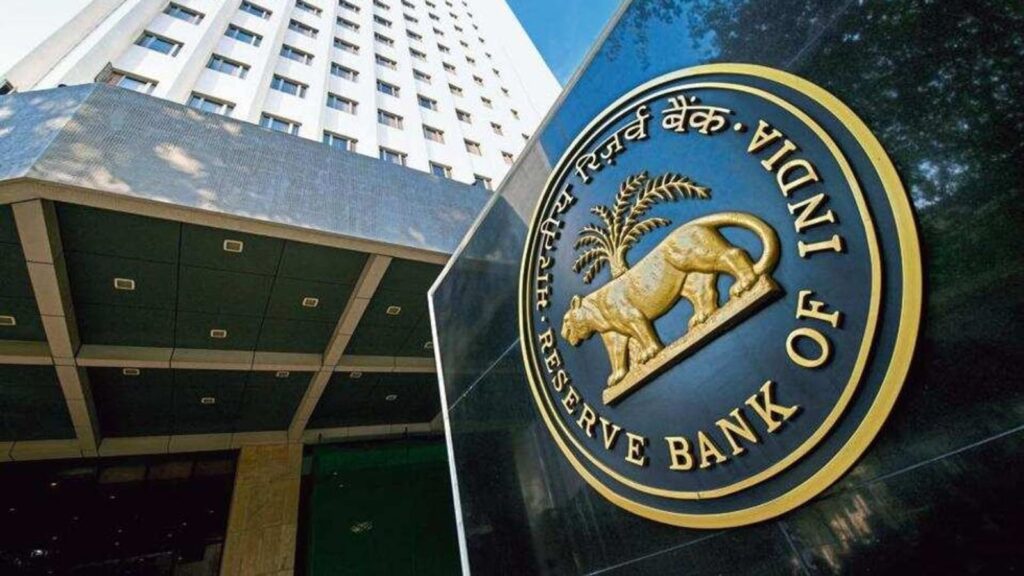The Monetary Policy Committee (MPC) of the Reserve Bank of India begins its bimonthly meeting today, Tuesday, June 6. As far as MPC’s most important decision is concerned, there is a complete unanimity — the interest rate will remain unchanged. Most economists also believe that MPC will start cutting the policy rate sometime in the second half of the fiscal year. Given a wider unanimity on the fact that the current rate hike cycle is over and it is only a matter of time before a rate cut begins, the big question on monetary policy stance is not as important as it was a few months ago.
This is one of those MPCs where the nature of the commentary will matter more than the exact decisions for the course of monetary policy over the next two months. The past experience of MPC’s deliberations — they show more diversity than the voting on key decisions — shows that the collective wisdom of its members has enriched our understanding of the Indian economy. Both the qualitative part of the commentary and the growth and inflation forecasts will be interesting to watch.
To be sure, this newspaper believes that if the MPC has to cut rates, it might be a good idea to frontload the entire exercise so that the transmission effect has played its part before the beginning of the festive season. Private consumption, despite the better-than-expected GDP numbers for the March quarter, continues to remain weak. However, there is at least one good reason to defer to the possible judgement of the MPC to hold rates unchanged in this meeting.
While most private sector economists see the current trajectory of the economy as headed towards a welcome mix of low inflation and high growth, the southwestern monsoon has already missed its date with the Indian subcontinent and uncertainty continues around its actual performance. A sub-par monsoon can have serious implications for both thefiscal and monetary policy arms of economic policy. It is important that the June MPC does not tie its August meeting’s outcome to a course which makes it difficult to manoeuvre from the possible fallout of a below-par monsoon (even if only in some parts of the country). It is factors such as these which make inflation targeting a much more complicated exercise in India than what economic textbooks suggest.
Enjoy unlimited digital access with HT Premium
Subscribe Now to continue reading


